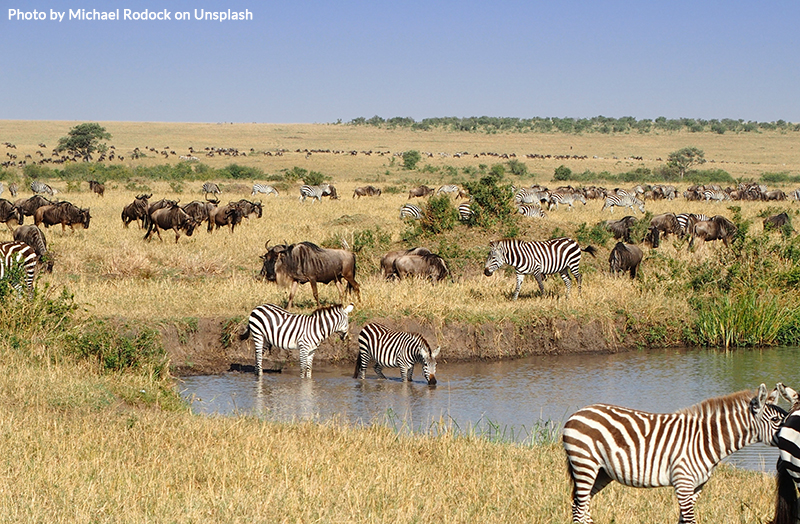AFrican humid periods Recurrence and aeOlian dust signal over West Africa during the last two CLIMatic cycles
Funding
INSU-LEFE-IMAGO 2018 (2018-2021)
Project leader
C. Skonieczny (GEOPS)
Collaborations
A. Bory (LOG, Université de Lille), V. Bout-Roumazeilles (LOG, Université de Lille), B. Malaizé (EPOC, Université de Bordeaux), C. Colin (GEOPS).
Over the course of the Quaternary, variations in received insolation on the African continent have governed the dynamics of the Monsoon in this region causing a recurrence of intense periods of precipitation. These African Humid Periods (AHPs) are characterized by a major transformation of the hydrological cycle of the Sahara favouring the development of vast river networks and tropical flora and fauna in a region that is currently hyper-arid. In the current context of climatic warming, it is crucial that we understand the environmental mechanisms and responses associated with these dramatic swings between two extreme climatic states if we are to improve our climatic projections. During the last two climatic cycles, which span the past 240 ka, eight AHPs have been identified. Numerous studies have targeted the mechanisms associated with the initiation and termination of the last AHP which occurred at the beginning of the Holocene, but, despite all of these efforts, a degree of disagreement still surrounds the subject. A factor that complicates our understanding of this Holocene AHP perhaps lies in the fact that it corresponds to a period when obliquity and local insolation reach their maxima in a relatively synchronous manner thus making it difficult to clearly ascertain their respective roles. In the context of this project, we propose to examine the seven other AHPs identified with the aim of bringing new elements to the debate. We propose to study the aeolian terrigenous material in the continuous record of a marine sediment core taken off the coast of West Africa in the north-east Tropical Atlantic. The study of this terrigenous material, which had been carried by means of the atmosphere from the Sahara and Sahel during these AHPs, will provide information not only regarding atmospheric circulation (wind direction and intensity), but also valuable information regarding the provenance of the material and the changes in environmental conditions that prevailed in the source areas. The ultimate aim is to improve our understanding of the mechanisms associated with the recurrence of such rapid climatic variations in this particularly vulnerable part of the world.
Source Figure: Skonieczny et al., 2019 – Science Advances. Mises en évidence de l’expression des AHPs sur différents engistrements paléoclimatiques africains et contexte orbital au cours des deux derniers cycles climatiques.


